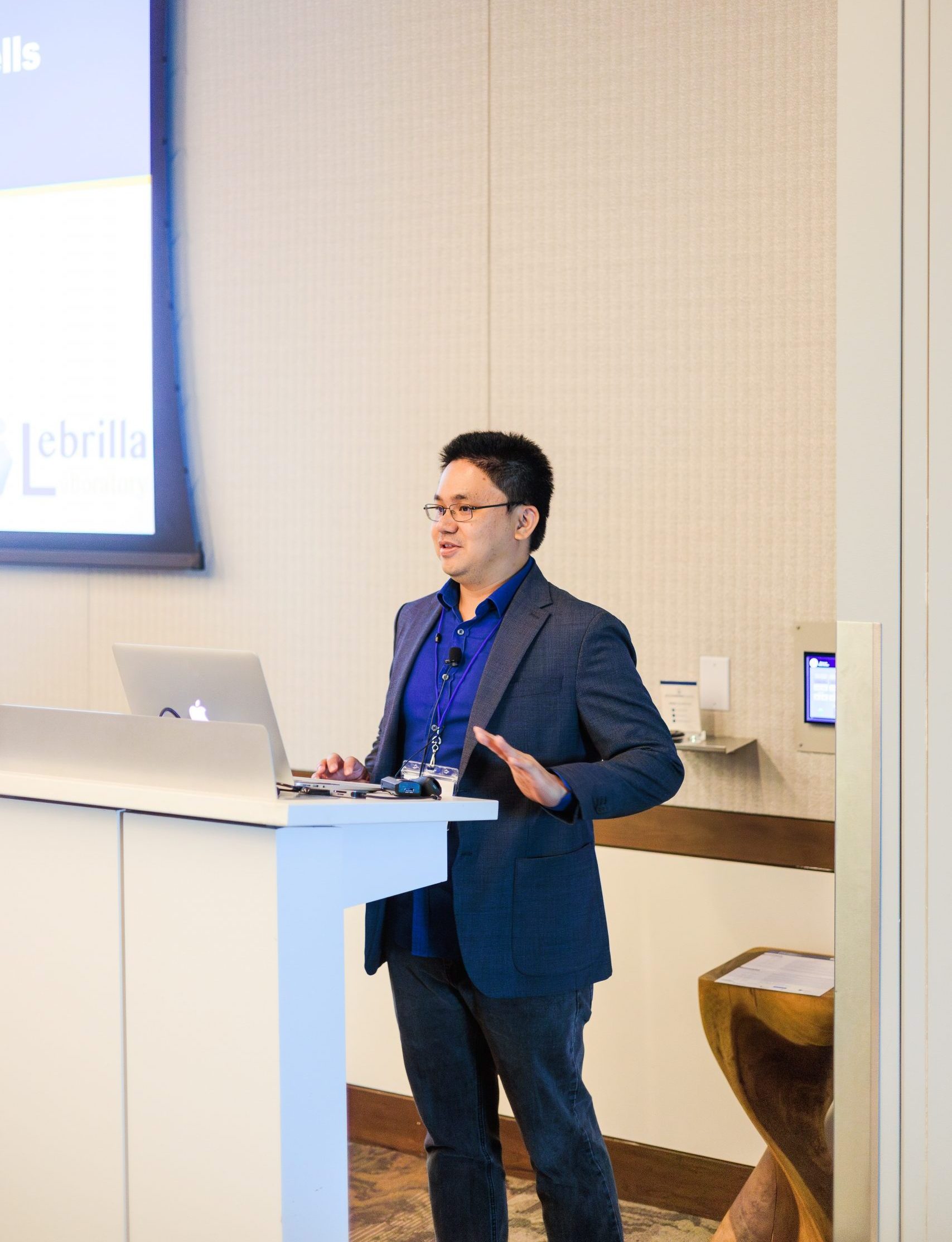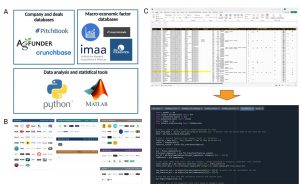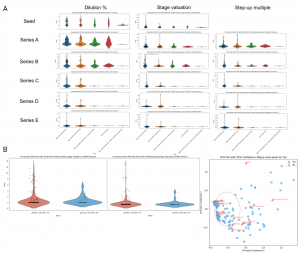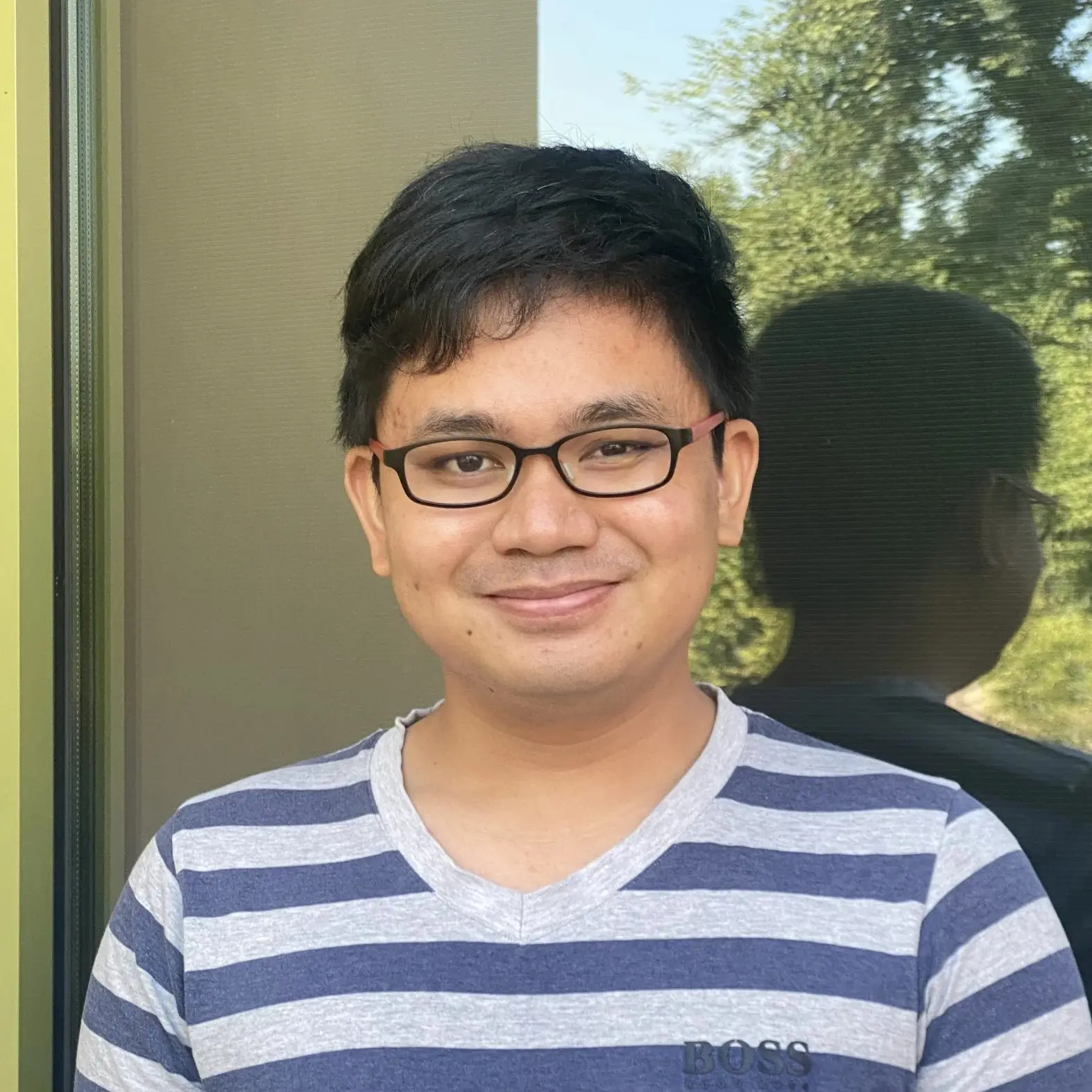
The intersection of food, health, and biotechnology is experiencing an unprecedented wave of innovation. As startups harness cutting-edge technologies to address global challenges, the need for precise, data-driven insights becomes critical. During my venture capital (VC) fellowship with The March Group (TMG), I explored this dynamic landscape, leveraging my expertise in analytical chemistry, mass spectrometry, and bioinformatics to support transformative startups. This blog post captures key insights from my journey.
Background and Fellowship Overview
As a PhD candidate at UC Davis in the Lebrilla Lab, my research focuses on developing mass spectrometry methods to study biological systems. My work sits at the intersection of method development, bioinformatics, molecular modeling, and bioassays—a multidisciplinary foundation that proved invaluable during my fellowship at TMG. TMG’s thesis is built on investing in exponential technologies to drive the current paradigm shift in the global food industry towards delivering meaningful health outcomes to consumers.
During my fellowship, I undertook a diverse array of activities, including developing an informatics pipeline to analyze market data for the food and health startup ecosystem, conducting technical due diligence on potential investments, and providing technical support to portfolio companies, particularly in analytical chemistry and data informatics.
Statistical Analyses for Market Insights
One of the fellowship’s highlights was applying statistical techniques traditionally used in mass spectrometry to analyze relevant startup market landscapes. By adapting methods such as principal component analysis (PCA), inferential statistics, and clustering algorithms, we extracted actionable insights from a dataset of ~180 companies spanning various technologies, business models, and target market verticals. Key metrics included valuation, financing trends, and stage-specific dilution percentages.

Figure 1. Study design for market landscape analysis. (A) Data of ~180 companies gathered from open-source databases, including macro-economic factors. (B) Market map of ~180 companies. (C) In-house scripts were written to analyze datasets using both Python and MATLAB.
This approach enabled us to identify significant differences between companies and technology paths, cluster companies with similar performance metrics, and construct predictive models to classify companies fundraising capabilities based on key features. The results underscored the value of leveraging rigorous statistical frameworks to inform investment strategies, bridging the gap between technical expertise and entrepreneurial decision-making.

Figure 2. Example market insights gathered from the informatics analyses. (A) Comparisons of %dilution, stage valuation, and step-up multiples per stage in the market landscapes analyzed. (B) Inferential statistics for the effect of AI on company valuation.
Technical Due Diligence
An integral aspect of the fellowship involved evaluating startups for their scientific and commercial feasibility. One of the companies I evaluated required assessing the feasibility of producing innovative proteins and glycoproteins for food applications. I conducted technical due diligence into their production process to ascertain their ability to deliver on their stated KPIs and goals, and was able to contribute to TMG’s overall investment evaluation. By leveraging my expertise in proteomics and glycomics, I analyzed the technical potential and scalability of novel biotechnologies and learned how VCs factor technical capabilities into their investment process. Participating in the VC investment process deepened my understanding of key investment criteria such as intellectual property (IP) protection, scalability, team qualifications, commercial viability, and product market fit and their impact on investment success or failure.
Collaborations with Portfolio Companies and Other Ecosystem Partners
TMG’s diverse portfolio and ecosystem provided opportunities to apply advanced analytical techniques across industries. For example, with the TMG portfolio company Digestiva, I helped develop a proteomics platform to analyze the impact of their proprietary enzymes on food proteins, enhancing personalized nutrition solutions. At TMG ecosystem partner Biorbis, I worked on improving protocols for analyzing agro-industrial byproducts, unlocking new applications in sustainable biotechnology. With TMG ecosystem partner PIPA, I collaborated on an AI-driven model to analyze proteomic data for digestion insights. Similarly, I quantified sugar-based compounds in products derived from wine production for TMG ecosystem partner WellVine/Sonomaceuticals, aligning innovation with health benefits. Each engagement reinforced the importance of tailored bioanalytical solutions in driving innovation and market differentiation.

Figure 3. Proteomics/Peptidomics + Informatics platform co-developed with startups in the TMG portfolio.
Conferences and Networking
Presenting a technical evaluation for a biotech company during the IIFH Partner Summit was a standout experience, highlighting the intersection of deep science and venture creation. It underscored the importance of industry events and collaborative platforms in fostering innovation and professional growth. Throughout the fellowship I participated in events such as the UC Entrepreneurship Academy, Los Alamos National Lab ScienceFest, and iCAMP Protein Summit which provided opportunities to engage with industry leaders, share technical insights, and stay informed about emerging trends in the food and health biotech sectors. These forums served as a platform to refine essential skills, particularly in presenting and pitching complex scientific concepts in ways that highlight their commercial potential. For example, presenting a technical evaluation during the IIFH Partner Summit was a standout experience, effectively showcasing the intersection of deep scientific research with venture creation. Networking at these events enabled meaningful exchanges with peers, mentors, and industry professionals, fostering connections that could lead to future collaborations. Overall, the collective exchange of ideas at these platforms was invaluable for addressing shared challenges in biotechnology, health, and food. Overall, these experiences reinforced my confidence in bridging technical expertise with entrepreneurial strategies, demonstrating how public forums play a critical role in translating scientific innovation into industry impact.
Key Takeaways and Future Steps
The fellowship offered invaluable lessons. Understanding VC investment criteria revealed that successful investments hinge on clear IP strategies, scalability, and product market fit. Data-driven decision-making demonstrated how advanced analytics can uncover hidden opportunities and guide strategic decisions in high-risk, high-reward industries. Finally, cross-disciplinary collaboration highlighted the importance of bridging technical expertise with entrepreneurial vision for startups navigating complex challenges.
Looking ahead, I will continue engaging with TMG as a technical consultant, providing expertise in bioinformatics and analytical chemistry. My long-term ambition is to establish a biotech startup that leverages advanced bioanalytical techniques to address challenges in food and health, combining my scientific background with entrepreneurial insights gained through this fellowship.
Closing Thoughts
The food and health biotech sector is ripe with opportunities for innovation, enabled by data-driven strategies and multidisciplinary collaboration. By fostering partnerships between scientists, entrepreneurs, and investors, we can accelerate the development of solutions that not only address global challenges but also redefine the future of health and nutrition. My experience with TMG has solidified my commitment to contributing to and working to advance this transformative field.
